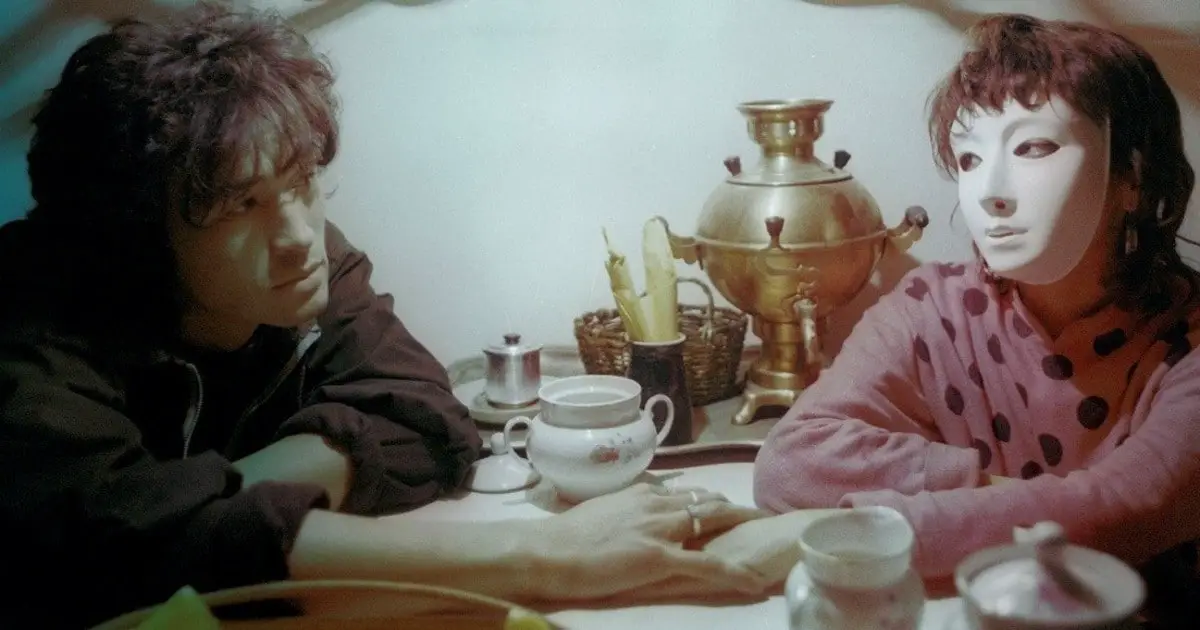New wave, an art world term for any time when a sudden explosion of art is made with experimental styles, is an apt title for the movement that elevated the Kazakhstan film industry from obscurity to international fame in just a matter of years.
In an interview for the Los Angeles Times in 1990, Forrest Ciesol – former artistic director of the Denver International Film Festival – spoke highly of “a genuine new wave of filmmakers happening unlike anything else in the Soviet Union – unlike anything else in the world … It seemed as if everyone was under 35 and making their first film.” Ceisol, who ran a number of screenings of Kazakh films in America, was one of the first to compare the sudden burst of films from what was then the Soviet Republic of Kazakhstan to the new wave film movements that had swept Europe in the 1960s.
The Origins of Kazakh New Wave Film
Although ocean waves may seem fleeting, they are the products of deeper and longer-lasting currents. In exactly this way, the Kazakh New Wave was the product of almost a decade of professional development.
In 1984, responding to a proposal from former Goskino president Olzhas Suleimenov, Russian filmmaker Sergei Soloviev created a specialized directing workshop for Kazakh students at the Moscow State Film Institute (VGIK). Suleimenov was himself from Kazakhstan and such developments were fairly common in Soviet higher education as a way to maintain relationship between the Soviet republics.
Accepted into the program were Rashid Nugmanov, Serik Aprymov and Abai Karpykov.
Nugmanov, who would become the most important of the New Wave directors, was born in the then-Kazakh capital of Alma-Ata on 19 March 1954 and initially studied at a local architectural institute. He graduated in 1977 and worked as an architect for several years before enrolling at VGIK as part of the workshop.
Aprymov was born in the rural village of Aksuat and served in the Red Army before entering the world of cinema while Karpykov had previously studied at the Moscow State Institute for History and Archives.
These three up-and-coming directors formed the nucleus of what was billed as the “New Wave from Kazakhstan” at the 1989 Moscow International Film Festival and the “Wild Kazakh Boys” at the 1989 Sundance Film Festival in Salt Lake City.
Early Successes of Kazakh New Wave Cinema
Kazakh New Wave directors took their inspiration from the French New Wave, a low-budget, experimental film movement spearheaded by a number of young and virtually unknown French filmmakers in the 1960s. Nugmanov borrowed techniques pioneered by French New Wave films to create his own highly stylized crime thriller The Needle (1988). It tells the tragic story of Moro – a young drifter played by Russian rock star Viktor Tsoi – as he tries to save his ex-girlfriend from drug addiction. The film became the first major hit of the Kazakh New Wave movement and remains a cult classic today.
Above: The opening moments of The Needle, starring Victor Tsoi.
The Needle and its tragic tale of a troubled antihero struggling against an uncaring world set the tone for much of the rest of the movement. Alienation and social maladies are constant themes in Kazakh New Wave cinema across all genres. Aprymov’s The Last Stop (1989), – a black and white film about a former soldier who returns home to his troubled native village in Kazakhstan – shows the audience the dark side of provincial life in the USSR: rampant alcoholism and violence; physical and cultural dissipation; spiraling suicide rates; and crippling poverty. This dark film won the Grand Prix at the International Youth Festival in Kiev.
Karpykov’s television film The Little Fish in Love (1989) likewise illustrates the harsh realities of urban life in the USSR through the aimless wanderings of a young man in an unnamed Kazakh city.
Glasnost and Culture in Kazakh New Wave Films
The Kazakh New Wave can be seen in many ways as a response to the harsh and authoritarian censorship of Soviet cinema during the pre-glasnost period. As the only acceptable artistic doctrine of the Soviet Union from the 1930s until the late 1980s, Socialist Realism railroaded Soviet artists into working within an ideological and presentational framework that was prone to change based on the whims of state officials. Nothing could be said that might undermine the image of a harmonious and productive Soviet nation. Although censorship had been relaxed under the Khrushchev Thaw and again to an even greater extent under Glasnost, the Kazakh New Wave was still surprisingly frank in its depiction of a disunited, drug-addled society on the decline.
All of this is accomplished with little actual reference to culture itself. Russian is the primary language of almost all Kazakh New Wave films. Kazakh, for instance, can only be heard once in The Needle, when a village elder tries to speak to the protagonist but neither one can understand the other. Locations that are unique Kazakhstan are likewise severed from their cultural context. The dried up remains of the Aral Sea in The Needle become a symbol for the moral bankruptcy of modern society while the dying village of Aksuat in The Last Stop serves as an allegory for maladies afflicting many communities and individuals. In general, Kazakh New Wave films seek to transcend cultural barriers to arrive a truly universal language – intelligible to more than just Russians and Kazakhs.
Other Directors of Kazakh New Wave Movies
Kazakhfilm Studios in Alma-Ata produced all three films and was catapulted from relative obscurity to international fame along with the Nugmanov group almost overnight.
Above: Little Fish in Love (1989), available in its entirety on YouTube.
Soon, other successful directors began to appear. One associated with the Kazakh New Wave is Darezhan Omirbaev – responsible for the critically acclaimed films Kairat (1992) and Killer (1998). Omirbaev originally studied mathematics at Kazakhstan State University and worked as a teacher and programmer after graduation. He got his start in film by working as an editor for Kazakhfilm before enrolling at the VGIK. Killer won significant critical acclaim upon release and competed in the Un Certain Regard category at the 1998 Cannes Film Festival.
Bakhyt Kilibaev and Aleksandr Baranov – both graduates of the VGIK’s screenwriting program – collaborated with Nugmanov on the script for The Needle. The pair worked together again to produce The Three (1988) – a comedy about three homeless men who agree to do an extremely dangerous stunt for a film crew in exchange for payment. Baranov went on to become a prolific director and has shot a number of Russian television series in recent years including Ekaterina (2014) and The Pythagorean Theorem (2020)
The Kazakh New Wave Movement Today
Kazakh New Wave burned out relatively quickly after exploding onto the international film scene in 1989. Cinema in the region of Kazakhstan evolved rapidly away from the paradigm established by the New Wave in the following years. New films being produced by Kazakh directors outside of the New Wave were keener to embrace local culture and focus on national matters. The Kazakh New Wave was all but finished by the time the country gained its independence in 1991 as the USSR collapsed.
Above: A short behind the scenes documentary about the shooting of Akyn, a 2020 film by Kazakh New Wave director Darezhan Omirbaev (pictured above), who is still working at Kazakhfilm. It’s in Kazakh and Russian.
However, the Kazakh New Wave movement is largely responsible for making the Kazakhstan film industry what it is today. Before the New Wave, Kazakhfilm Studios was seen as a cultural backwater. In the years since its founding in 1934, Kazakhfilm almost never managed to meet its yearly film production quota of six feature films per year. The success of The Needle and other Kazakh New Wave films jumpstarted the local film industry in part by inspiring many would-be Kazakh film makers by bringing Kazakhfilm into the international spotlight almost overnight. They produced an unprecedented number of films before the turbulence of the 1990s decimated many institutions and economic industries in Kazakhstan, including the film industry, forcing Kazakhstan to later rebuild.
Interest in the Kazakh New Wave, however, remains high both within and without Kazakhstan and Russia. The Needle was rereleased in 2010 as Needle Remix with several additional scenes that had been previously cut from the film. If the popularity of the movement is any indication, the individuality and creative ingenuity of the Kazakh New Wave is just as refreshing today as it was to audiences at the Moscow International Film Festival in 1989.
More on Kazakh New Wave Film
Brass, Kevin. “San Diegan Finds Film Niche on Trip to Remote Kazakhstan.” Los Angeles
Times, 14 June 1990.
Horton, Andrew, and Michael Brashinsky. The Zero Hour: Glasnost and Soviet Cinema in
Transition. Princeton University Press, 1992.
Pruner, Ludmila Zebrina. “The New Wave in Kazakh Cinema.” Slavic Review, vol. 51, no. 4,
Cambridge University Press, 1992, pp. 791–801, doi:10.2307/2500140.
You Might Also Like

New Movie About Chagal and Malevich
Legendary director and screenwriter Alexander Mitta is back after a 10-year break from his craft. He has recently released a film about the at-times violent conflicts between the great Russian artists Marc Chagall and Kazimir Malevich in the early years of Soviet rule. A trailer is below with English subtitles (with brief nudity).
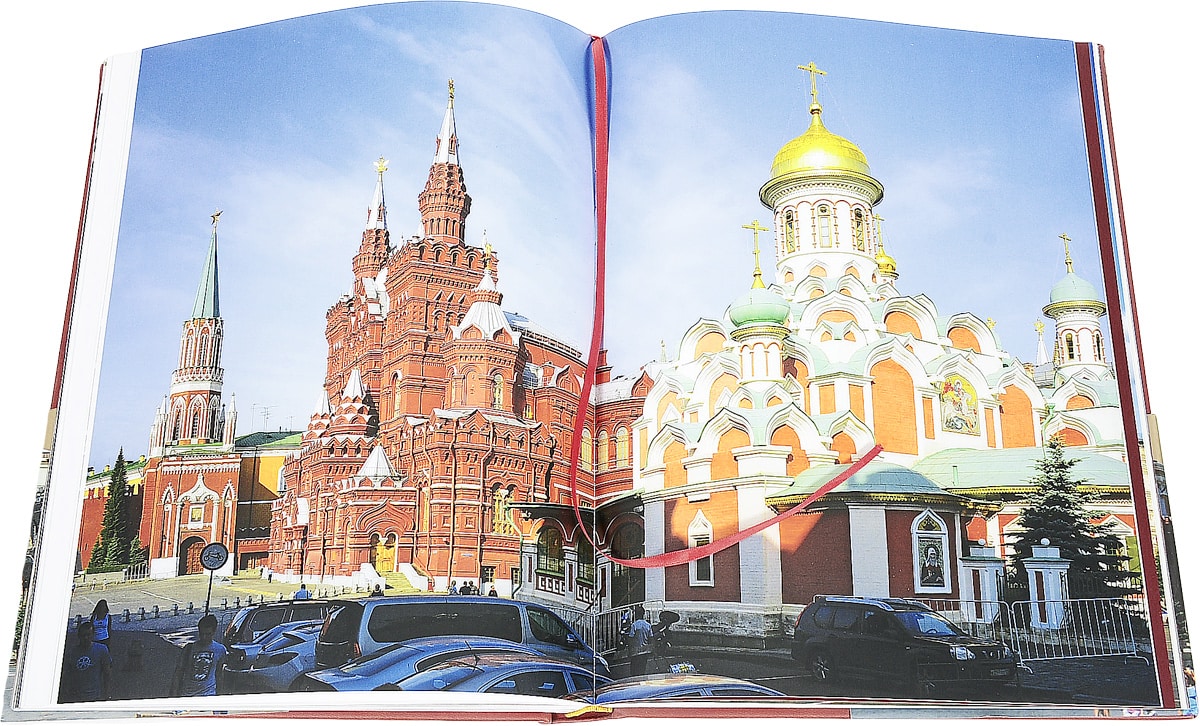
Understanding Moscow: Through Literature, History, and Film
A conversation on the popular listserve SEELANGS led to many experts volunteering some of their favorite works about the city of Moscow -including films, novels, histories, and academic studies. Below are the majority of the works mentioned. Poems Moscow in the Plague Year: Poems Evgenii Onegin: A Novel in Verse Novels and Plays: […]
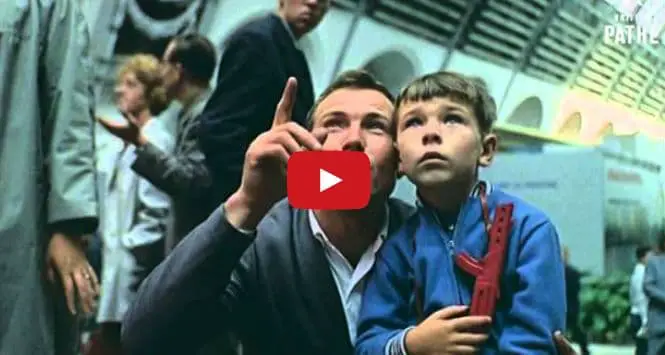
10 Obscure Videos of Soviet Moscow
The following text was written by Vera Kichanova and originally appeared in Russian on the website “Bolshoi Gorod.” To read the original Russian, click here. This has been translated for the first time into English by SRAS Translate Abroad intern Sophia Rehm. In certain places, information has been added or links to outside information inserted […]
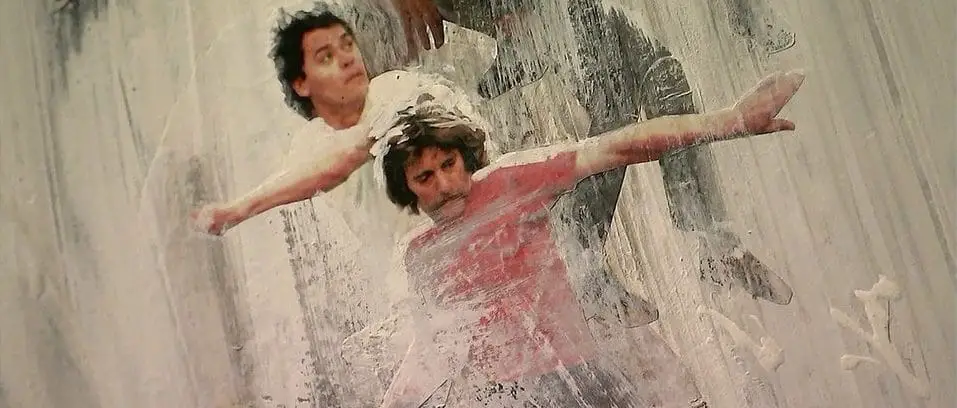
New Tretaykov Exhibition Focuses on Work of Director Andrei Tarkovsky
A recent exhibition by the New Tretyakov Gallery combined works by artists who were not shown or who were banned during the Soviet era with images from Andrei Tarkovsky’s films and sets. Tarkovsky’s films, such as Solaris and Stalker, have an international cult following and were known for breaking the bounds of what could usually […]
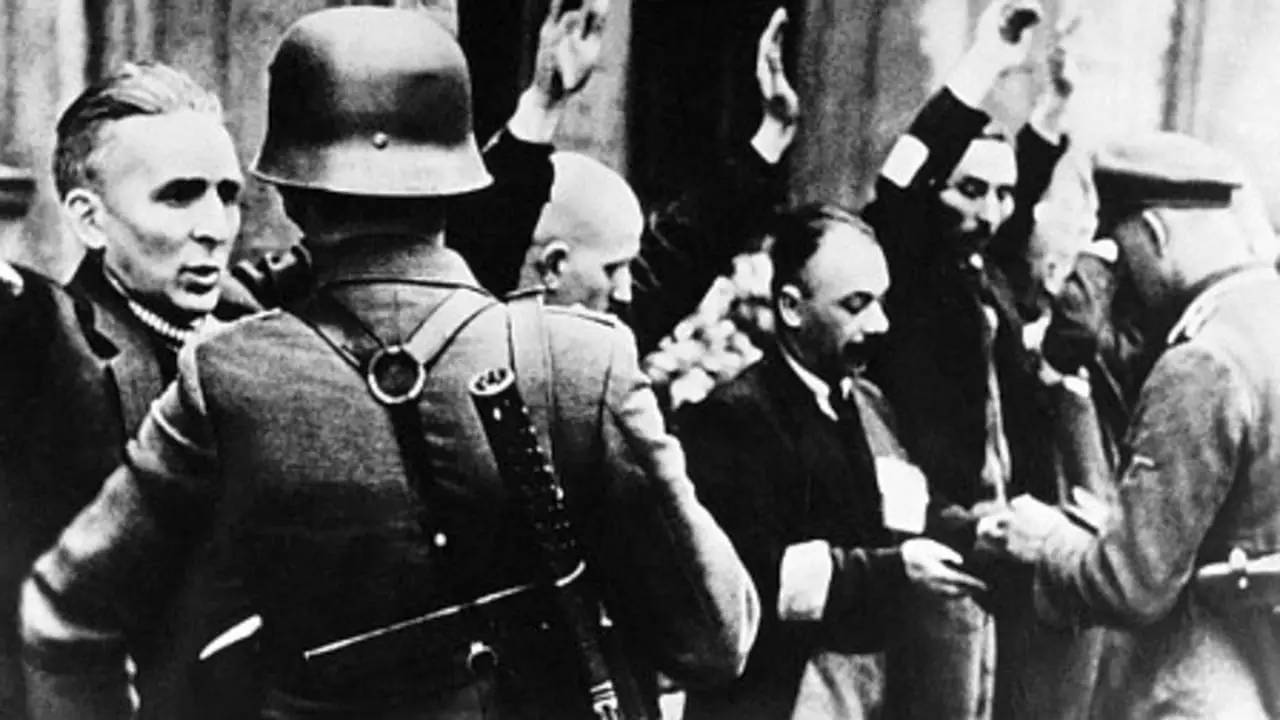
Irony and Trauma in ‘Ordinary Fascism’
There are three central issues at stake in Ordinary Fascism (Obyknovennyi fashizm, 1965): the return of fascism, the exposure of parallels between Nazi and Soviet totalitarianism, and the Soviet Union’s effacement of Jews from Holocaust representation. At the time the film was released, recycled images of Nazi crimes in previous documentaries, newsreels, and newspapers had made warnings […]


